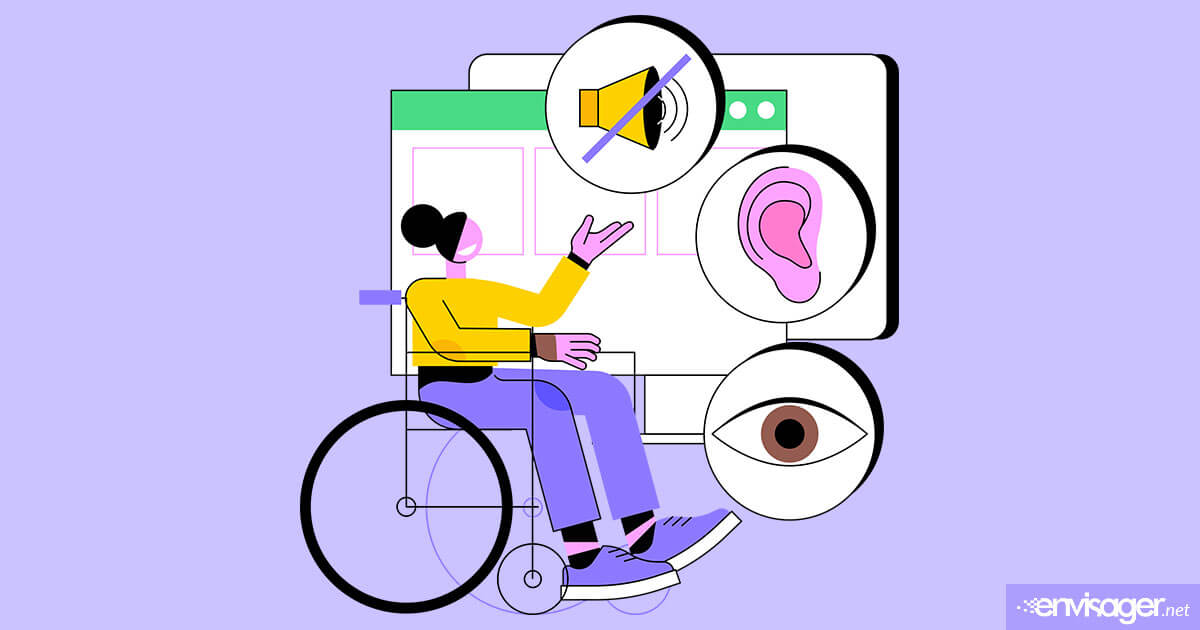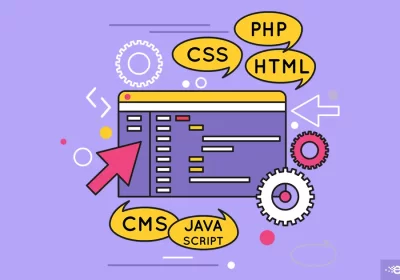Understanding Web Accessibility

People with disabilities can more easily use websites when they are properly coded and designed. However, currently many websites are developed with impediments that make it near impossible for some people to use. Understanding what web accessibility means, as well as how to implement the protocols benefits everyone.
Most people have an idea what accessible means for physical spaces, but not so much when it comes to website design and development.
In this article, we will cover what web accessibility is and the The Web Content Accessibility Guidelines (WCAG).
Table of Content
What is Web Accessibility?
Web accessibility is designing and developing technologies, websites, and tools that can be used by people with disabilities. This means people should be able to interact with, understand, and navigate the web.
Accessibility for the web encompasses all disabilities that affect access to the web including physical, visual, cognitive, auditory, neurological, and speech.
The above short video is useful for everyone in a variety of situations, as well as examples of how essential accessibility is for people with disabilities.
Accessibility Benefits More Than Just Disabled People
An accessible website is for everyone, therefore an inaccessible website negatively impacts those with disabilities. With the understanding of web accessibility, the goal is to make sure that your website is equally usable for people with disabilities and people who are not disabled.
It can easily be forgotten that people who are not disabled are not all using the same type of accessories, devices or hardware to view websites.
For example, some people may visit websites on a smartphone instead of a larger device like a desktop computer or tablet. There are also people who prefer using a keyboard over a mouse. And don’t forget about those with slow internet connections. In short, all of these people and others can benefit from website accessibility.
Regardless if your business is required by law or not, removing impediments is not only the right thing to do, but doing so benefits us all. In fact, federal agency websites are required by law to be accessible.
Web Accessibility Guidelines
The Web Content Accessibility Guidelines (WCAG) are published by the Web Accessibility Initiative of the World Wide Web Consortium. These guidelines are the criterion for web accessibility.
Title III of The Americans Disability Act (ADA) forbids discrimination based on disability in places of public accommodation. The U.S. Department of Justice (DOJ) has added that Title III also includes groups, programs, and websites of businesses serve the public.
It is unfortunate that some courts have unprecedentedly decided that the ADA does not apply to websites since they not a physical space.
In spite of the inconsistency, lawsuits continue to be be filed. In fact, there were over 4,000 web-related lawsuits filed in 2022. Consequently, making sure your website is accessible will minimize the risk of your business being targeted by a lawsuit.
Understanding Web Accessibility For Your Website
Understanding web accessibility and implementing it for your website are two different things. Implementation is a big commitment. It actually requires a team of knowledgeable developers and designers who understand the criterion standardized by the WCAG. This includes planning, evaluating, documenting, and satisfying the the criteria to meet the level of conformance your business needs.
Disclaimer: We know our site is not fully accessible and we are working towards making the proper changes.
You may also enjoy reading: Website Designer vs. Website Builder: Which Should You Choose?

Dr. Amelia Davis
WEB DEVELOPMENT DIRECTOR
Dr. Amelia Royster-Davis is a Doctor of Education and an Instructional Designer. As the Director of Web Development at Envisager Studio, her primary focus is to lead the web development team in building modern, responsive websites. In her spare time, she writes about web development, UI and UX.


